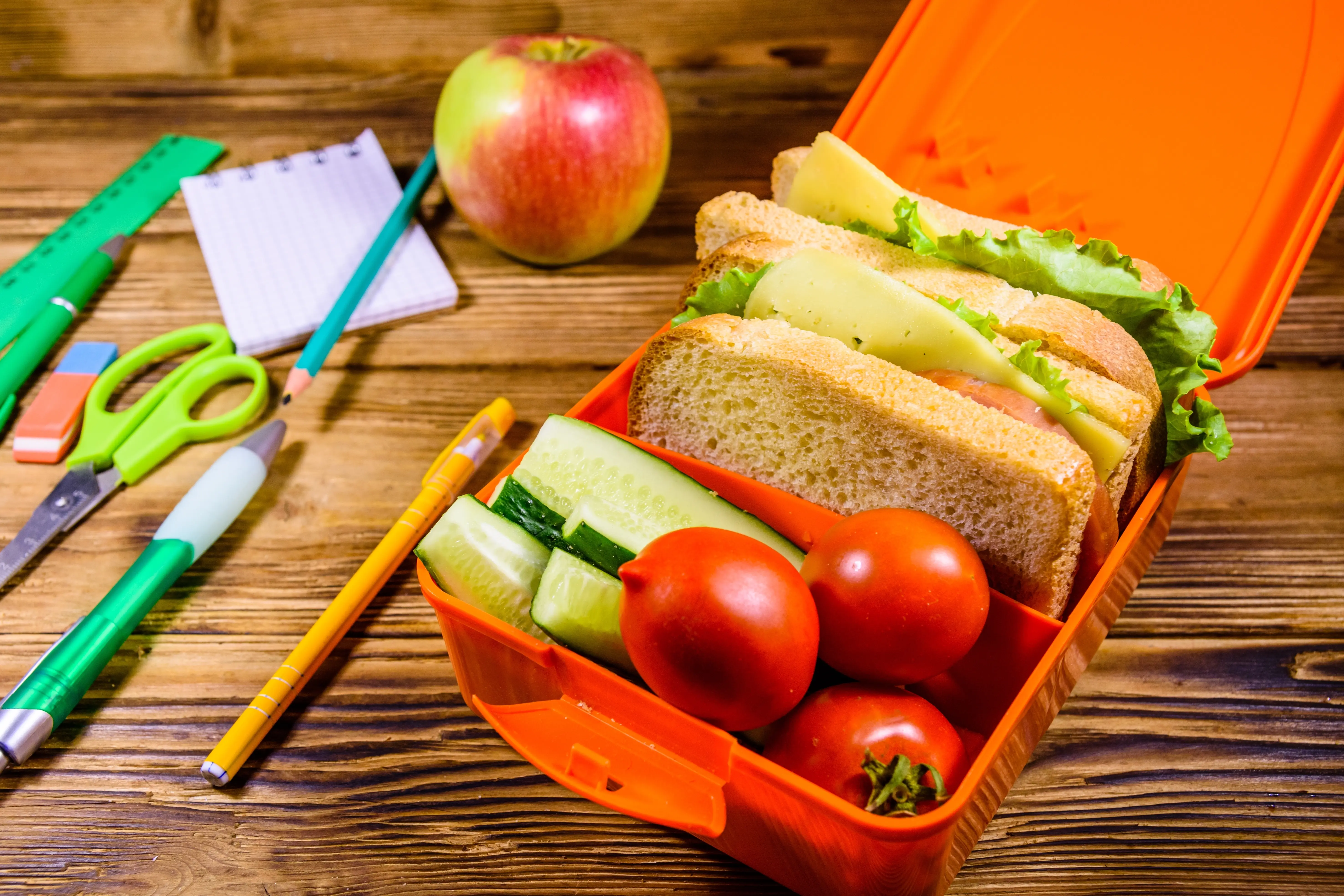Nutrition Recommendations at School
Nutrition Recommendations at School
Healthy nutrition at school is critical for the physical and mental development of students. Eating the right foods to stay energised and alert throughout the day can have a direct impact on success and overall health. In this context, we will learn how to support children and young people's eating habits by providing practical suggestions for preparing snacks and meals at school that are both nutritious and tasty.
When preparing lunchboxes, you can encourage the consumption of meals in lunchboxes by choosing meal alternatives that are easier and more practical to consume at school. At this point, it is also very important to establish a balance between foods and to choose foods according to the season while creating a menu for the lunchbox.
You can add the following to your children's lunchboxes so that they can have a healthy lunch:
- Whole grain pasta/bulgur pilaf/corn, green salad and ayran
- Cold whole grain sandwich with cheese, fresh fruit/vegetable juice prepared at home
- Seasonal fruit, milk, nuts
- Meatball/chicken/tuna sandwich with whole grain bread, vegetables
- Foods that can spoil quickly at room temperature such as buttermilk, cheese, fish, meatballs, and chicken in the lunch box should be carried in lunch boxes that can keep hot or cold.
Energy support with snacks
One of the most important requirements of a healthy and balanced diet is snacks. When you feel hungry at school or especially when you come home from school, rest and study, the foods you choose in snacks affect the amount of energy you get. Foods high in sugar and fat will give you unnecessary energy. The need for energy increases due to lessons or physical activity throughout the day. This energy need can be met with snacks. Snacks can be consumed between classes or between lunch and dinner.
You will have a healthier diet with foods and drinks such as fruit, buttermilk, milk, fresh fruit juices, cheese-bread, small cakes or pastries in snacks. When you want to eat dessert, the best choice is milk desserts such as rice pudding or custard.
Snack alternatives:
- Mini sandwich with cheese prepared with whole grain bread and Ayran
- Fruit yoghurt made with fresh fruit
- Milk
- Fresh seasonal fruits
- Dried fruits such as dried figs, dried apricots, dried plums, dried grapes
- Raw vegetables such as carrots, cucumbers
- Freshly squeezed fruit or vegetable juice
- Raw nuts such as hazelnuts, almonds
It should not be forgotten that the amounts of the snack alternatives suggested above vary according to the requirements. It is recommended to get support from a dietician to learn the personalised amounts to be consumed.
You can try different presentations.
For children, the type of food they eat is as important as how it is prepared and how it looks. Every child has different preferences for food. Some people enjoy crunchy, hard foods, while others prefer soft, juicy foods. Therefore, supporting the child to consume the foods he/she needs to eat in the most appropriate way for his/her consumption, together with the foods he/she likes and at the level of his/her needs, without overdoing it, also positively affects his/her school success. Making differences in shape, size, colour, taste and presentation allows children to perceive nutrition as fun and to finish their meals without getting bored. For meals that can attract children's interest;
- A colourful salad full of small diced vegetables,
- Fruits shaped into stars, hearts, etc. or whole grain pastries,
- Pasta with lots of vegetables,
- Pancakes and pancakes from whole grain flour in various shapes
- Various creative ideas such as homemade cakes, cookies, and energy bars can be preferred.
If these prepared foods are placed in containers and bags that they like (for example, a lunchbox with a drawing of their favourite cartoon character on it), their desire to eat and eat a healthy diet may increase. In this way, you can help support your child's health and success at school.
Source:
- T.C. Sağlık Bakanlığı, 2024. Okul Çağı Çocuklarında Beslenme. Access Date: 16.08.2024. https://hsgm.saglik.gov.tr/depo/birimler/saglikli-beslenme-ve-hareketli-hayat-db/Dokumanlar/Beslenme/okul-cagi-cocuklarinda-beslenme-onerileri.pdf
- Harvard T.H. Chan, Packing a healthy lunchbox. Access Date: 16.08.2024, https://www.hsph.harvard.edu/nutritionsource/kids-healthy-lunchbox-guide/


